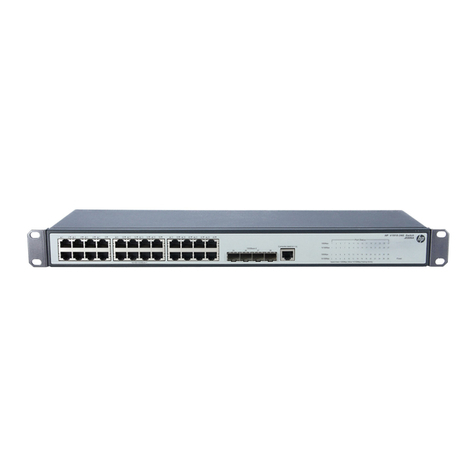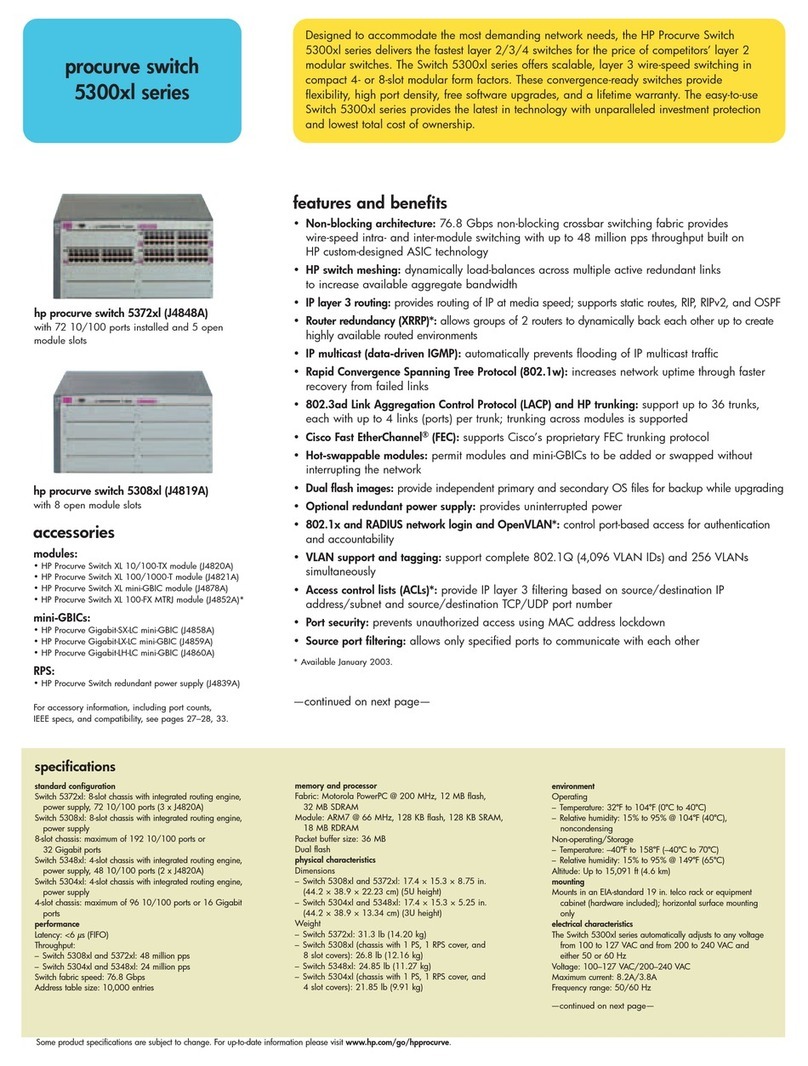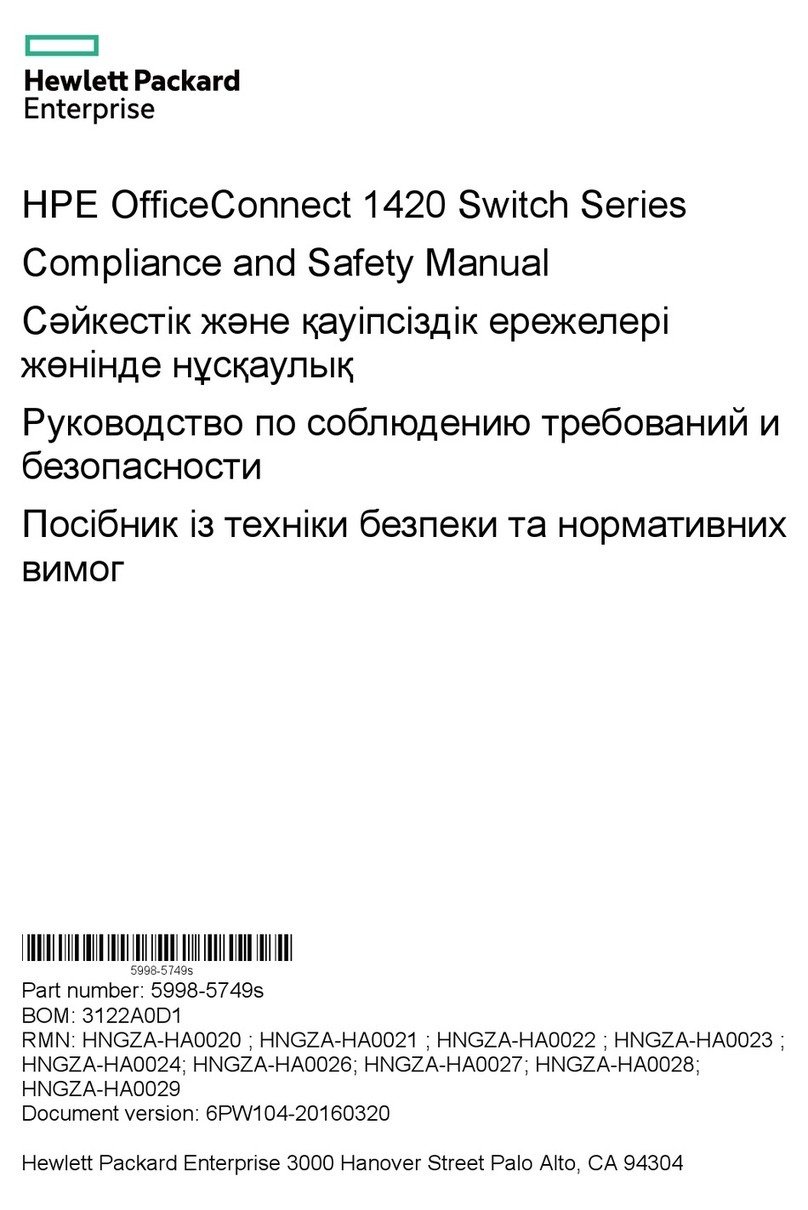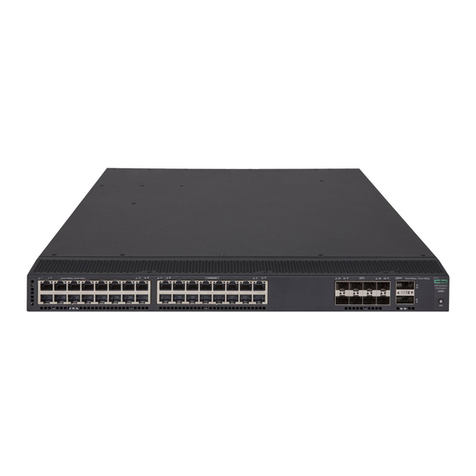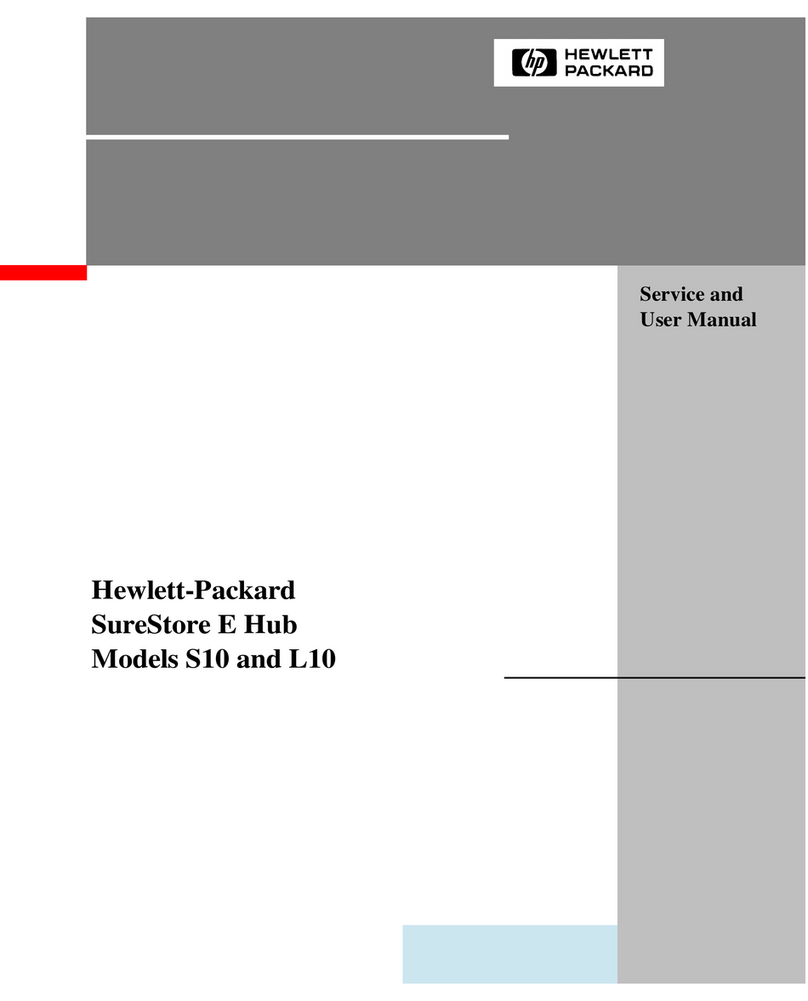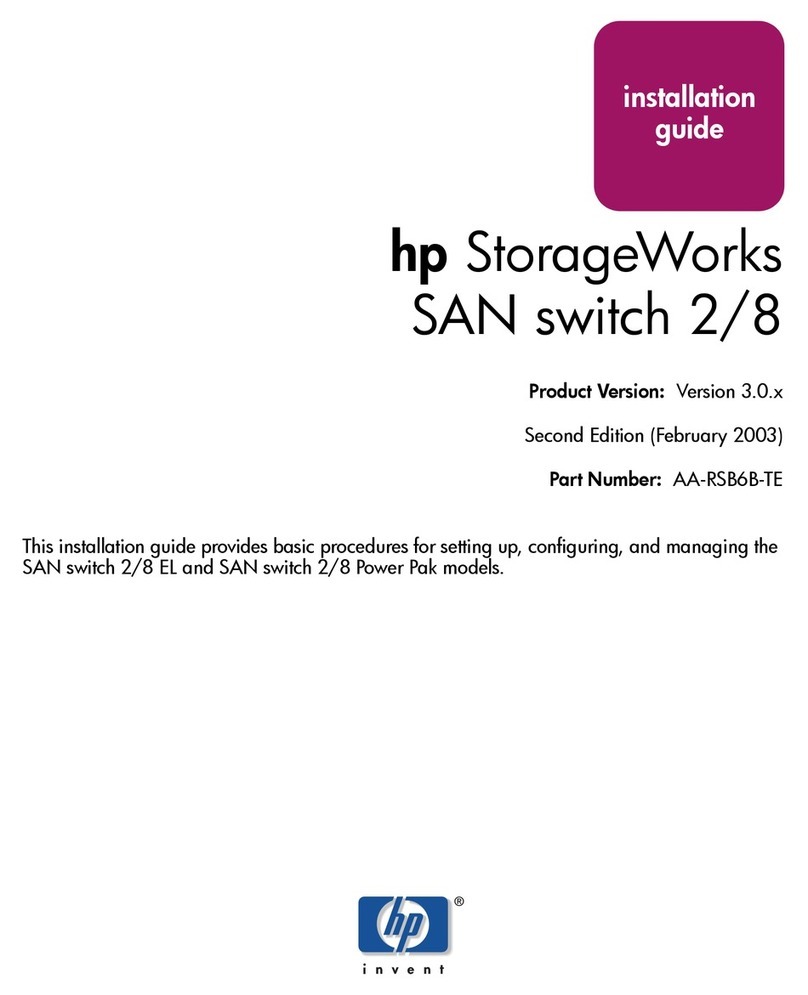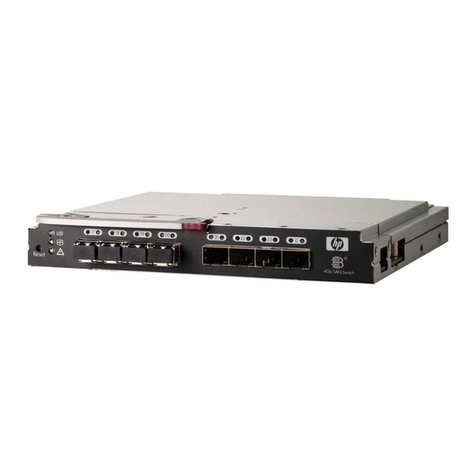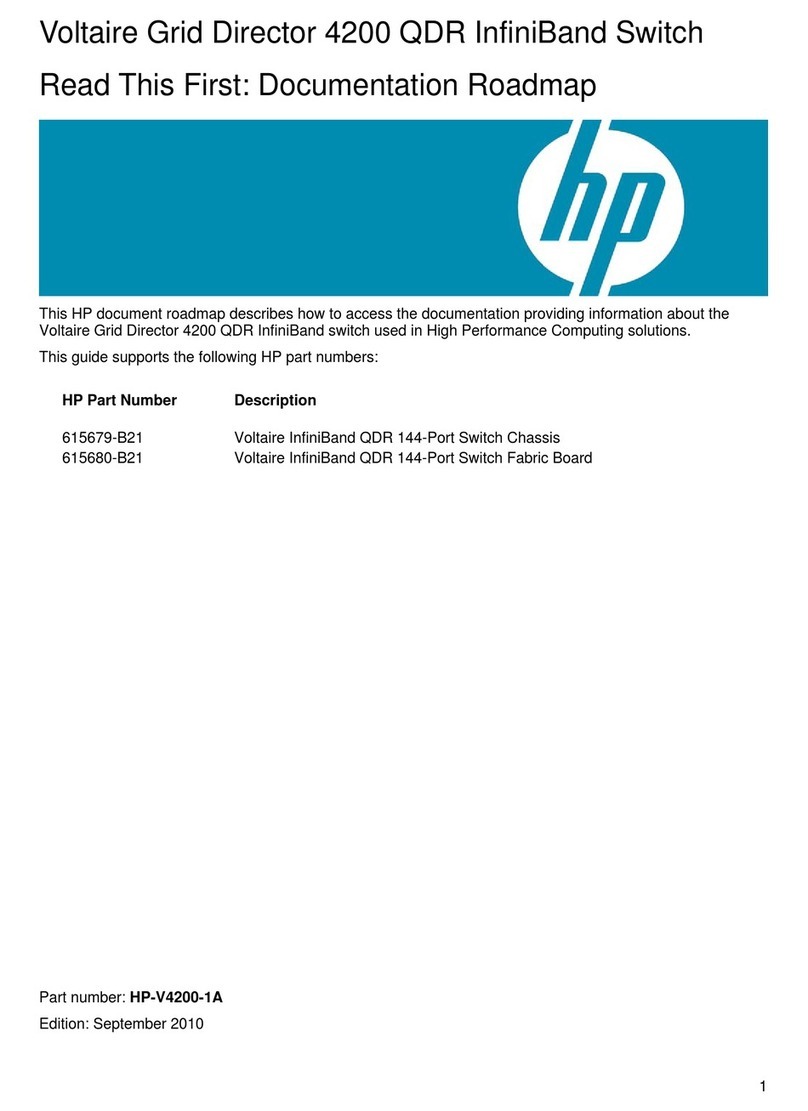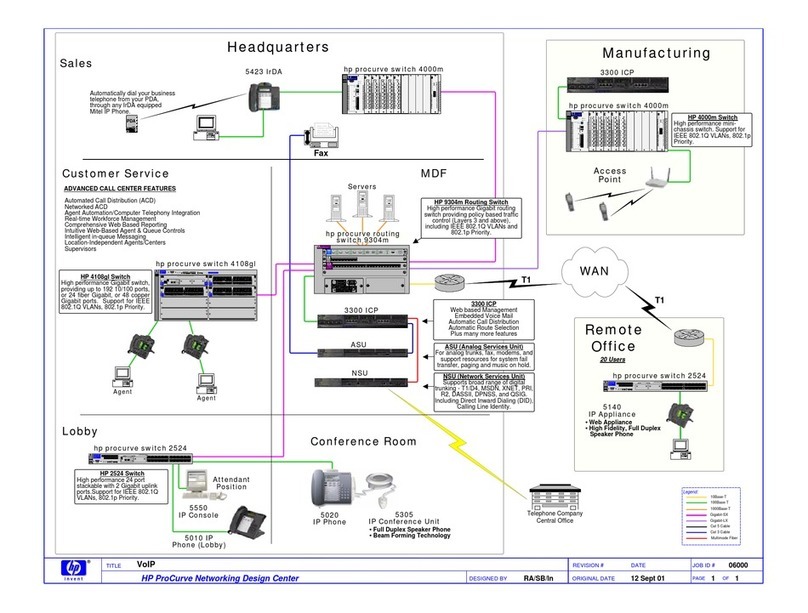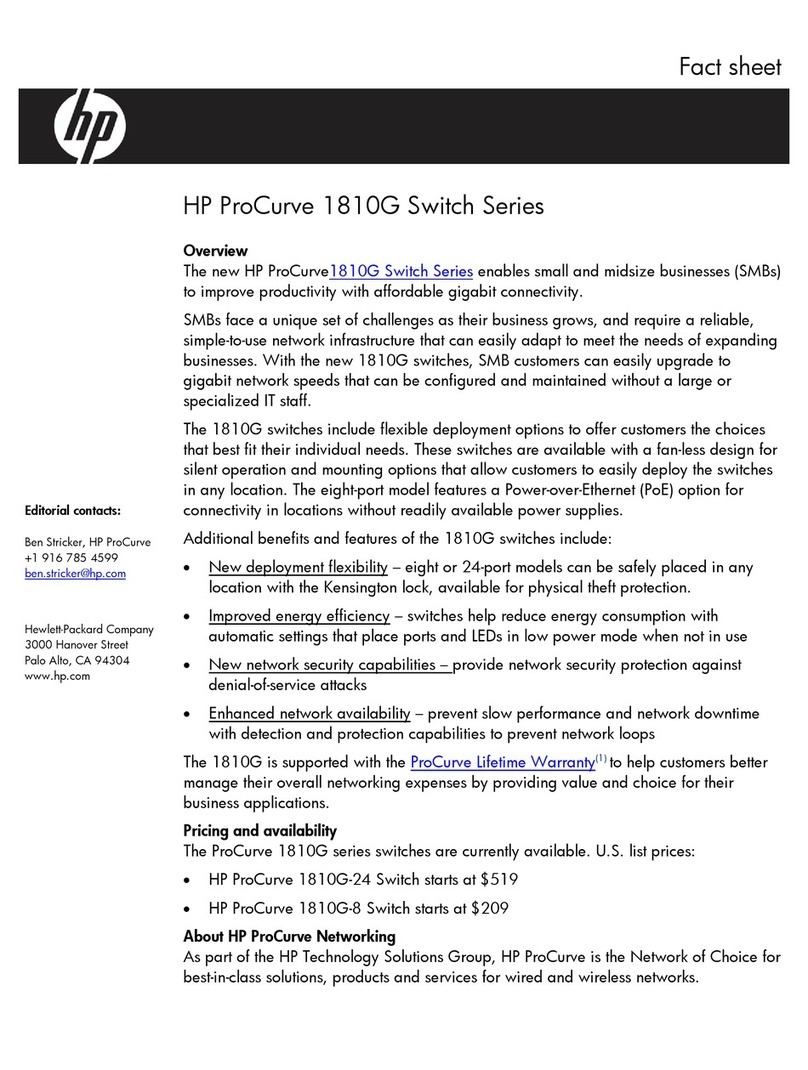
i
Contents
Configuring MCE·····························································································1
MPLS L3VPN overview······································································································································1
Basic MPLS L3VPN architecture ···············································································································1
MPLS L3VPN concepts······························································································································1
MCE overview····················································································································································3
MCE configuration task list ································································································································4
Configuring VPN instances································································································································4
Creating a VPN instance····························································································································5
Associating a VPN instance with an interface····························································································5
Configuring route related attributes for a VPN instance·············································································5
Configuring routing on an MCE··························································································································6
Configuring routing between an MCE and a VPN site···············································································6
Configuring routing between an MCE and a PE ······················································································11
Displaying and maintaining MCE·····················································································································14
MCE configuration examples···························································································································14
Configuring the MCE that uses OSPF to advertise VPN routes to the PE···············································14
Configuring the MCE that uses EBGP to advertise VPN routes to the PE ··············································19
Configuring IPv6 MCE ··················································································23
IPv6 MPLS L3VPN overview ···························································································································23
IPv6 MCE overview··········································································································································23
IPv6 MCE configuration task list ······················································································································23
Configuring VPN instances······························································································································24
Creating a VPN instance··························································································································24
Associating a VPN instance with an interface··························································································24
Configuring route related attributes for a VPN instance···········································································25
Configuring routing on an MCE························································································································25
Configuring routing between an MCE and a VPN site·············································································26
Configuring routing between an MCE and a PE ······················································································30
Displaying and maintaining IPv6 MCE·············································································································33
IPv6 MCE configuration example·····················································································································33
Network requirements······························································································································33
Configuration procedure···························································································································34
Verifying the configuration························································································································38
Document conventions and icons·································································40
Conventions·····················································································································································40
Network topology icons····································································································································41
Support and other resources ········································································42
Accessing Hewlett Packard Enterprise Support ······························································································42
Accessing updates···········································································································································42
Websites ··················································································································································43
Customer self repair·································································································································43
Remote support········································································································································43
Documentation feedback ·························································································································43
Index·············································································································45


